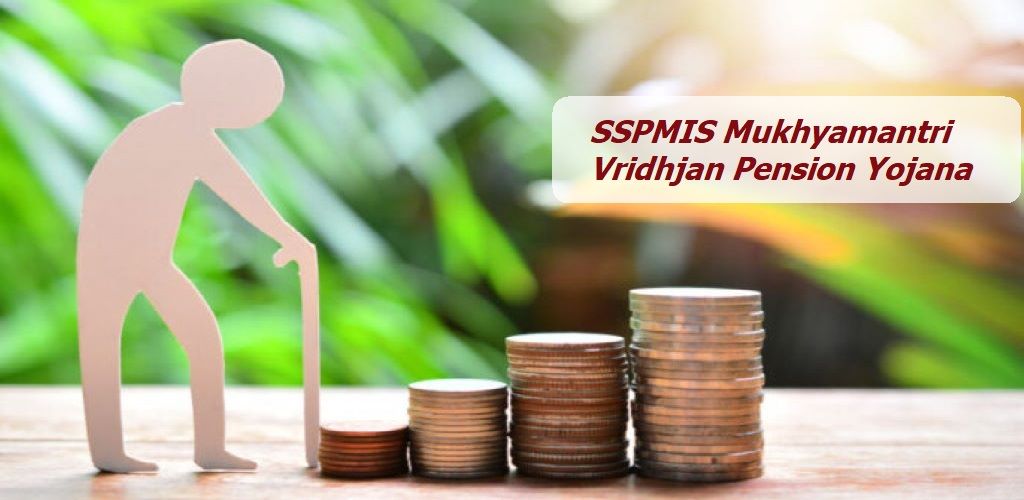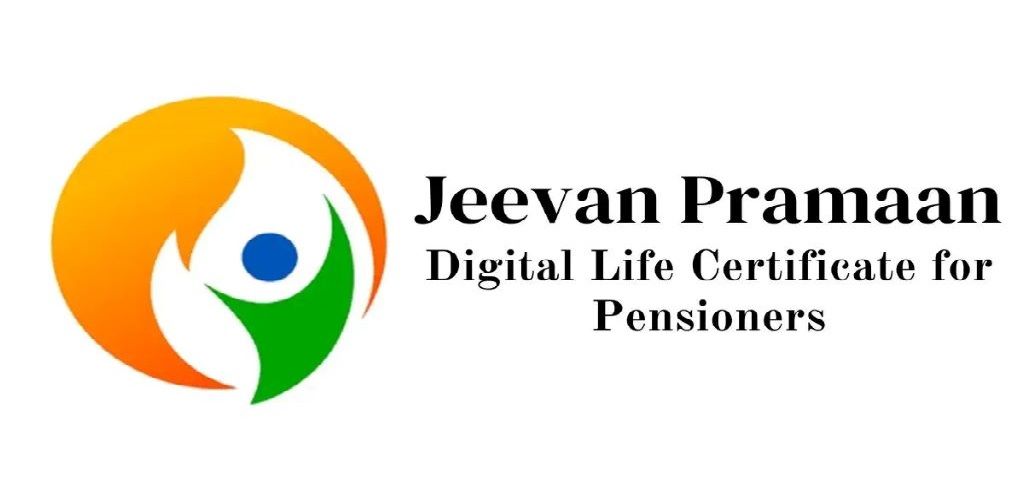Are you aware of the challenges faced by unorganised workers in India as they age? Many of these individuals, including rickshaw pullers, street vendors, mid-day meal workers, and domestic helpers, dedicate their lives to laborious jobs but often lack the financial security and social support needed in their struggling years. To address these pressing concerns, the government has introduced the Pradhan Mantri Shram Yogi Maandhan Yojana (PMSYM) as an opportunity.
This scheme is designed specifically for the old-age protection and social security of unorganised workers—those who contribute significantly to the economy yet remain vulnerable and underserved. Whether they are agricultural workers, brick kiln labourers, or handloom artisans, the PMSYM aims to uplift and safeguard their futures, ensuring they can live with dignity and security as they retire from their hard-earned work.
What is Pradhan Mantri Shram Yogi Maandhan Yojana?
The Pradhan Mantri Shram Yogi Maandhan Yojana (PMSYM) is a government initiative designed to provide financial security for unorganized workers in India. This voluntary and contributory pension scheme ensures that individuals receive a guaranteed minimum pension of Rs 3,000 per month once they reach the age of 60.
If a beneficiary passes away, their spouse will receive 50% of the pension as a family pension, but this benefit is available only to spouses.
This scheme honors the contribution of unorganized workers, who play a vital role in the economy, accounting for nearly 50% of the nation’s GDP. To participate, applicants aged 18 to 40 must contribute between Rs 55 and Rs 200 per month until they turn 60. Once they reach this age, they can start receiving their pension, which is deposited directly into their pension account each month, which may help meet their retirement financial needs.
Eligibility Criteria
Here are the eligibility conditions that one should meet for Pradhan Mantri Shram Yogi Maandhan Yojana (PMSYM).
- Unorganized Worker (UW)
The applicant must be classified as an unorganized worker, which includes individuals engaged in various informal sectors without formal employment contracts.
- Age Requirement
Applicants must be between 18 to 40 years old at the time of registration.
- Income Limit
The monthly income of the applicant should be Rs 15,000 or below.
- Aadhaar Card
A valid Aadhaar card is required for identification and verification purposes.
- Bank Account
Applicants must have a savings bank account or a Jan Dhan account with a valid IFSC code for pension disbursal.
Features and Benefits of Pradhan Mantri Shram Yogi Maandhan Yojana
Let’s take a look at the top features and benefits of the Pradhan Mantri Shram Yogi Maandhan Yojana.
- Old Age and Social Security
One of the primary benefits of this scheme is to ensure that unorganized workers have access to financial support during their retirement years. When you enrol yourself in such an initiative, it recognizes the contributions of these workers, who often lack formal safety nets.
- Government Contribution
Another major benefit of the yojana is its unique feature, where the government makes an equal contribution based on the applicant’s age. This means that the support provided to workers grows over time, making the pension system more robust and sustainable.
- Guaranteed Monthly Pension
One of the interesting highlights of the scheme is that when you participate in it and make regular contributions until the age of 60, you will be assured of a minimum monthly pension of Rs 3,000. This pension serves as a crucial financial resource, helping individuals meet their daily expenses and maintain a decent standard of living during retirement.
- Family Pension Benefit
In the unfortunate event that a beneficiary passes away, their spouse is entitled to receive 50% of the pension as a family pension. This provision ensures that the family continues to receive some financial support even after the loss of the primary earner.
- Exit Provisions
Last but not least. flexibility is a significant aspect of the PMSYM. If a participant decides to exit the scheme before completing 10 years, they will receive a refund of their contributions along with any interest accrued. This feature provides a safety net for individuals who may need to withdraw for unforeseen circumstances.
How to Enroll Yourself for the Pradhan Mantri Shram Yogi Maandhan Yojana?
If you want to enroll in the Pradhan Mantri Shram Yogi Maandhan Yojana, you can visit your nearest Common Service Centre (CSC) with your Aadhaar number and savings bank account or Jan-Dhan account details. The enrollment is done on a self-certification basis, meaning you don’t need any additional verification. If you need help, the branch offices of LIC, EPFO, or ESIC are also available to guide you through the process. Once at the centre, simply ask the customer representative for a form, provide the required documents, and they will assist you in completing your enrollment.
Frequently Asked Questions
Listed below are the frequently asked questions related to the PMSYM.
No, you don’t need to submit separate proof of your age or income. You can enroll using self-certification and your Aadhaar number. However, be aware that providing false information could lead to penalties.
The Life Insurance Corporation (LIC) will manage the fund and handle the pension payments.
Yes, the fund is 100% secure. The National Social Security Board, led by the Union Minister of Labour and Employment, is responsible for managing and overseeing the fund.
You will receive a minimum pension of Rs. 3,000 per month starting when you turn 60 years old.
Workers who are already covered under any statutory social security schemes, such as NPS, ESIC, or EPFO, or those who pay income tax, are not eligible to join this scheme.








